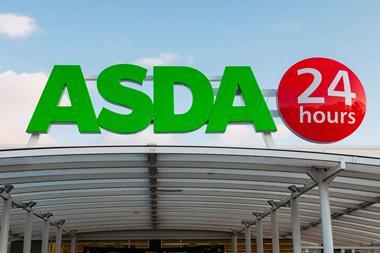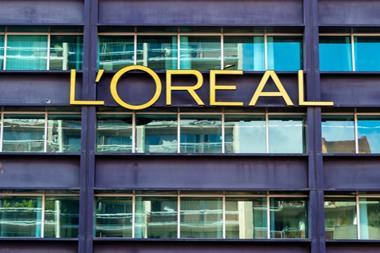Value retailer Wilkinson has recorded its highest ever annual sales of £1.45bn, as it capitalises on shoppers’ continued flight to value in the recession.
For the year to January 30, Wilkinson’s turnover increased 6.2%. It also reported footfall rose 4.5% as 224 million shoppers flocked to its 321 shops. The retailer is understood to be on course for an even stronger year as it benefits from the collapse of Woolworths.
However, operating profit dropped from £48.8m to £31.6m on the back of rising operating costs as Wilkinson ploughed resources into growing the business.
During the year, Wilkinson opened new shops, developed a new store design, refurbished shops and implemented new IT systems.
Profits were also hit by the retailer setting up Wilkinson Asia – a buying office in the Far East – which is likely to improve its supply chain.
The retailer said it was “pleased with the progress” it has made during the year, despite the profit figure, being “against a much harsher trading and economic environment than was originally foreseen”.
Chief executive Stuart Mitchell said: “We have a robust model and we are in excellent condition to grow sales, profit and customers.”
The retailer said its business improvements are “already bearing fruit” and is planning to open 15 of its new-format shops. Wilkinson is expected to make further gains this year as shoppers continue to seek out value in the recession, as well as from the gap left by Woolworths.
The retailer opened 26 shops in the last financial year, representing a 7.4% increase in selling space. Several new shops have been opened in former Woolworths stores.
Wilkinson said it has improved its cash flow and has a “very strong balance sheet as a result of continued positive and robust management”.
In a statement, family directors Karin Swann and Lisa Wilkinson said that the past year has been “successful”, adding that Wilkinson has “taken major steps forward in all areas of the business”.
Retail Knowledge Bank senior partner Robert Clark said: “Wilkinson has got quite a lot going for it and is really gunning for it. It’s doing what Woolies should have done. Capital expenditure is up because it is taking advantage of the market, and, as a private company, this is the kind of thing it should be doing.”























No comments yet